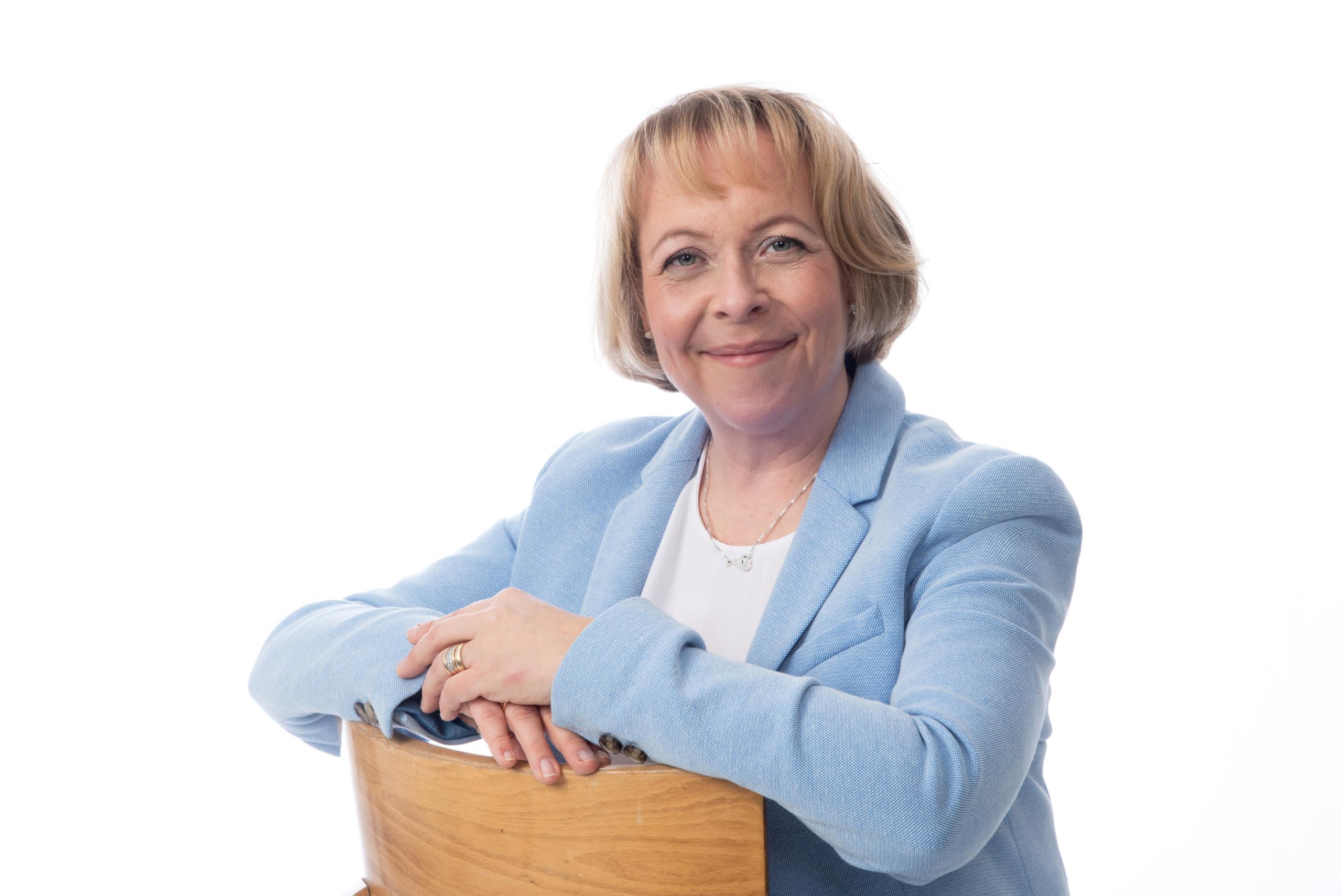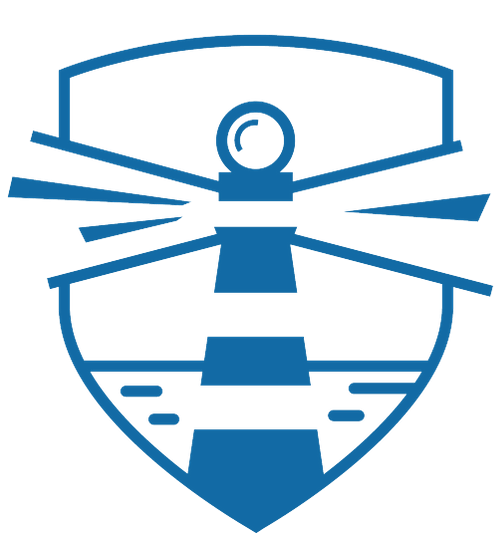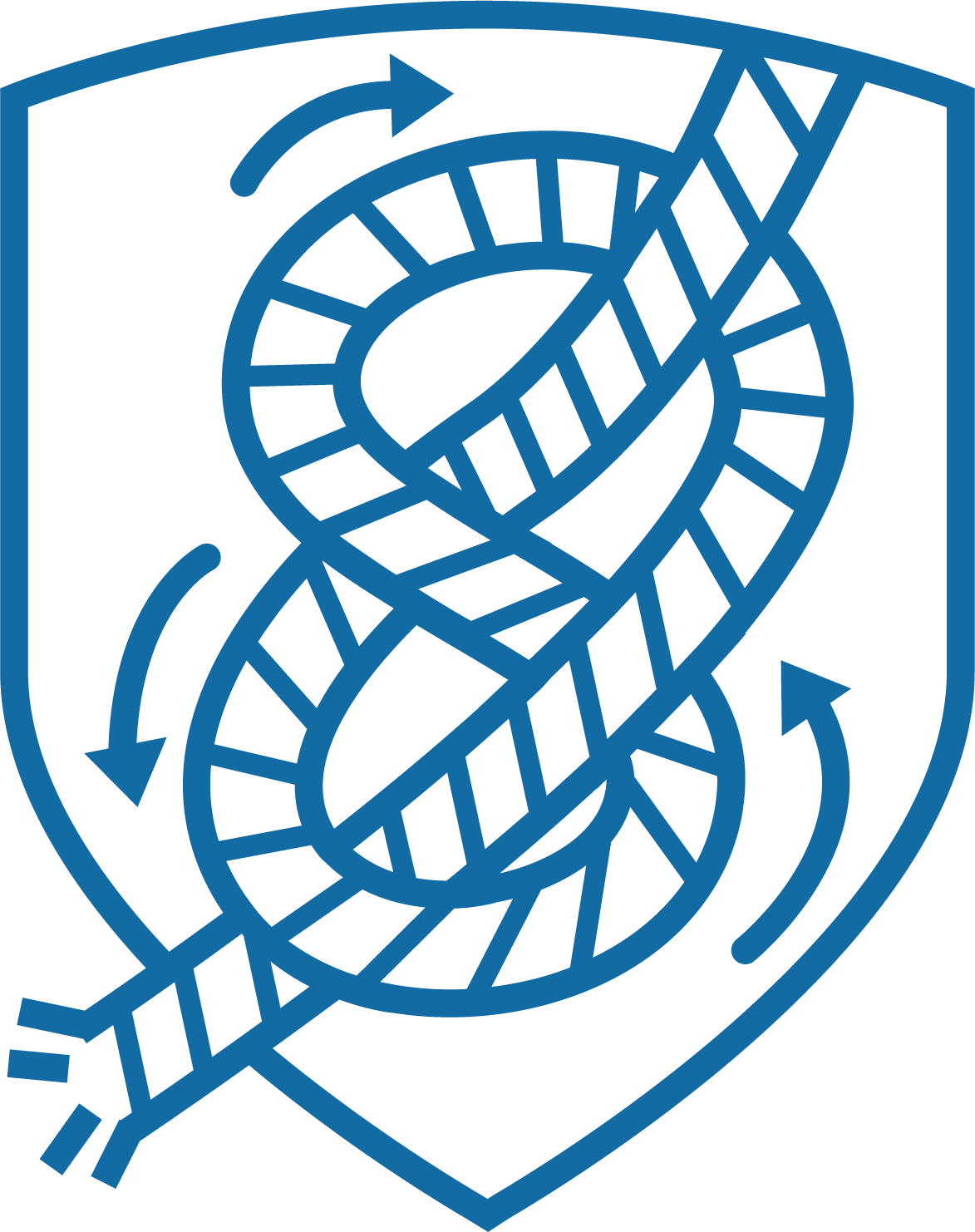Trademark monitoring

Trademark monitoring may feel painstaking or even impossible. That’s why tools have been developed for continuous trademark monitoring, which are available to our customers with every new filed trademark application.
A registered trademark provides strong protection to the trademark owner for the goods and services (such as clothing, confectionery, or entertainment services) within the geographical area where the trademark is registered. Trademarks are often linked to economic interests as long-term use of a trademark can create significant monetary value to the mark. However, registration itself does not prevent others from infringing or otherwise exploiting a registered trademark.
National authorities in many countries cite previously registered identical and similar trademarks as obstacles when examining new applications. On the other hand, the European Union Intellectual Property Office (EUIPO), which examines and manages EU trademarks, does not automatically monitor the rights of owner of previous marks. The EUIPO does not take a position on how the previous trademark owner should act if a third party applies for an identical EU trademark. Instead, the trademark owners are responsible for monitoring and systematically defending their registered trademarks against third parties.
Manual monitoring of the EU register is very arduous. For example, in 2020, the EU agency received a total of approximately 180,000 trademark applications. In addition to the EU trademark register, it is advisable to monitor the national trademark registers of all 27 EU member states, as similar marks can also appear in the national registers of the member states. Manual trademark monitoring is practically impossible.

Tools for Trademark Monitoring
Effective tools are needed for trademark monitoring, which is why we offer our monitoring service to all our domestic clients with every new trademark application. Our monitoring focuses on the trademark registers of the countries where the application is pending and where the mark is registered. The purpose of the monitoring is to check if any third parties are seeking protection for identical or similar marks in the same geographical area. The first year of monitoring is free of charge. During this time, the clients can get an idea of the competitive landscape of their own mark and can then determine how actively they need to address third-party registrations.
In our monitoring service, we find trademark applications which are identical or similar to our client’s’ marks in the same goods and service classes. The monitoring is directed at the trademark registers of the various countries where the client’s trademark has been protected. Two of our trademark attorneys review and assess these findings on a daily basis. We only report significant findings, such as identical or nearly identical marks in key market areas. Although there may be numerous matches, it may not be necessary to react to all of them. It is advisable to develop a clear and systematic strategy for monitoring your marks. We assist in creating the plan and report only the most relevant hits.
The trademark monitoring service also includes providing the customer with recommendations on how to proceed as regards any detected problematic marks. There is no universally applicable recommendation, as each case is considered individually to determine whether it is worth addressing a certain located mark. Factors affecting the assessment include the geographical coverage of the detected mark, the goods or services it covers, and the nature of the mark.
Negotiated solutions

Through systematic and continuous monitoring, we enable timely evaluation together with the customer to determine which findings require action, such as oppositions or negotiations between the parties. When a similar mark is found, and wehave decided to take action against that mark together with the customer, we often start with a warning letter or approach the other party with a negotiation request. Negotiations often lead to amicable settlement solutions. However, sometimes filing an opposition is the only appropriate solution, and in some cases, filing an opposition or at least threatening to do so, can also expedite negotiations. Occasionally, an opposition is filed for precautionary reasons to protect the client’s own rights while continuing negotiations outside the opposition proceedings.

It is worthwhile to monitor and defend your own trademark
If a trademark proprietor does not react in any way to a located identical trademark application, for instance not filing an opposition may be interpreted as a silent acceptance of the new trademark. In case of a direct competitor, we always recommend at least a warning letter, where the applicant is requested to limit or withdraw his application in its entirety. Otherwise, there is a risk that the space of your own mark is narrowed when another other party takes advantage of your well-known brand. Reacting by sending a warning letter is a very light process compared to getting the competitor to abandon an already registered and launched trademark. The competitor may have made significant marketing investments in his mark, which add to his reluctance to abandon the trademark.
By monitoring and defending your own trademark you make sure that all the recognition is tied to your brand and that all the benefits of your made investments end up in your own pocket. Generally, a systematic monitoring is always recommended, so that the trademark proprietor gets information about identical and similar trademarks in time and may then decide whether a certain hit is one that requires actions. A determined defense of your rights is always worth it, so that no one else gets to take advantage of the trademark you have protected and the reputation and goodwill that it has accumulated.
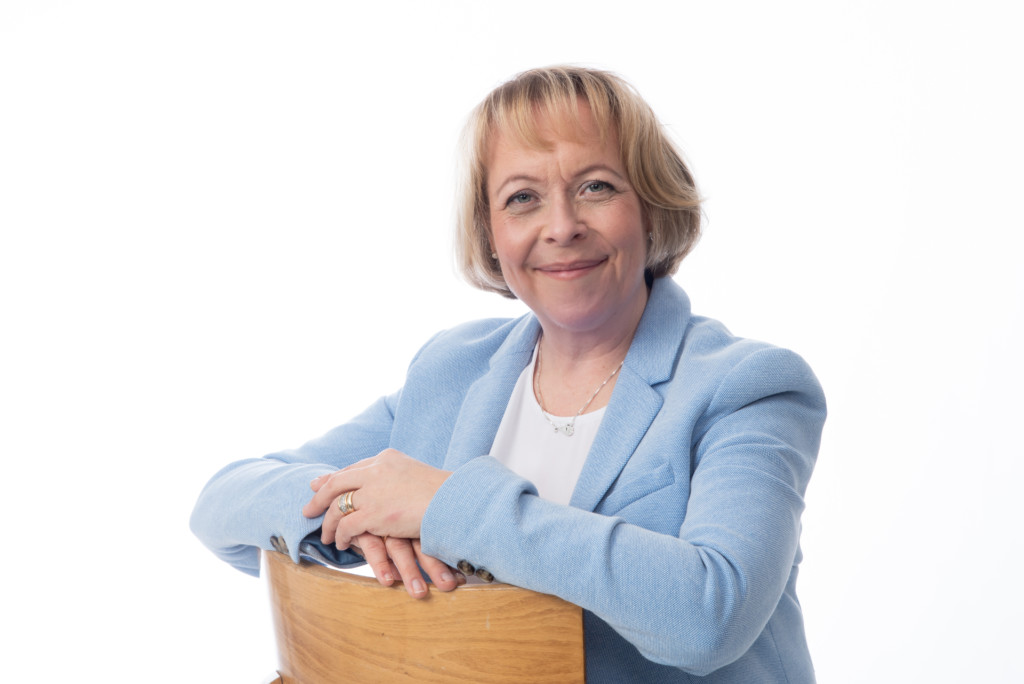
Latest blog articles
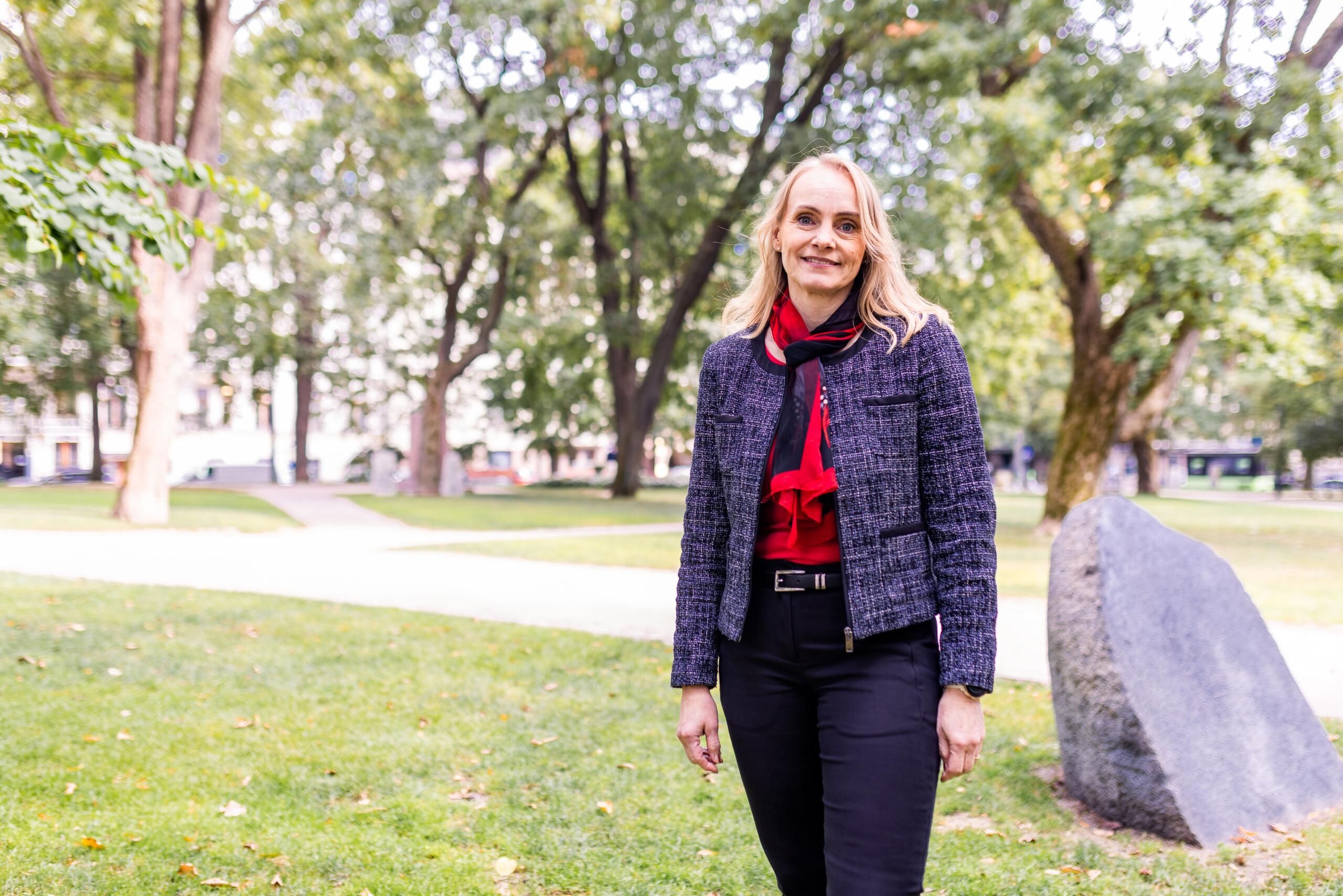
Jonna Sahlin Receives Prestigious International Recognition in Lexology
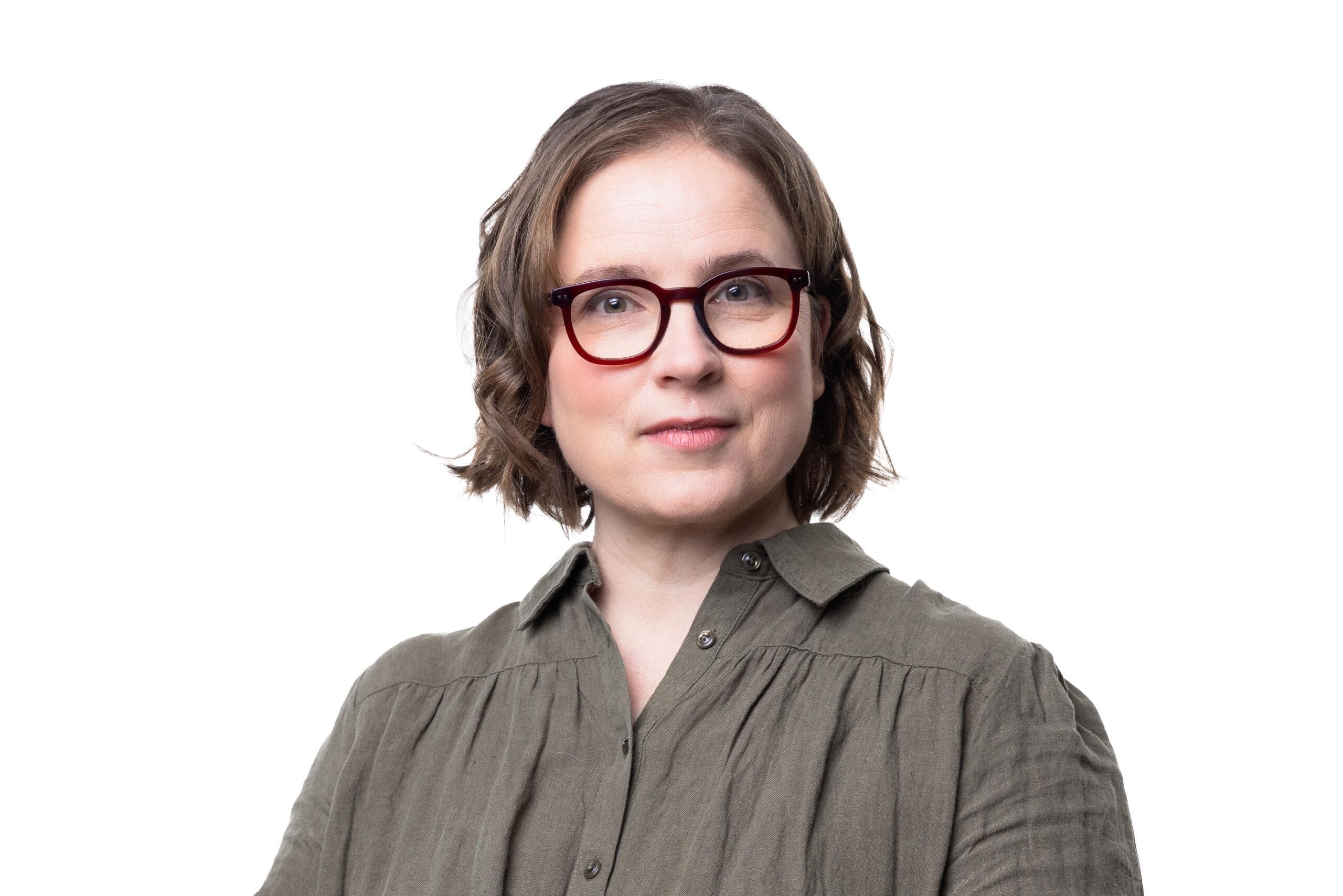
Meet the Intellectual Property Rights Expert Kirsi Hakkila from the Software Industry

Christian Westerholm Shortlisted for Practitioner of the Year at the Managing IP EMEA Awards 2025

Boco IP Shortlisted for the Managing IP EMEA Awards 2025
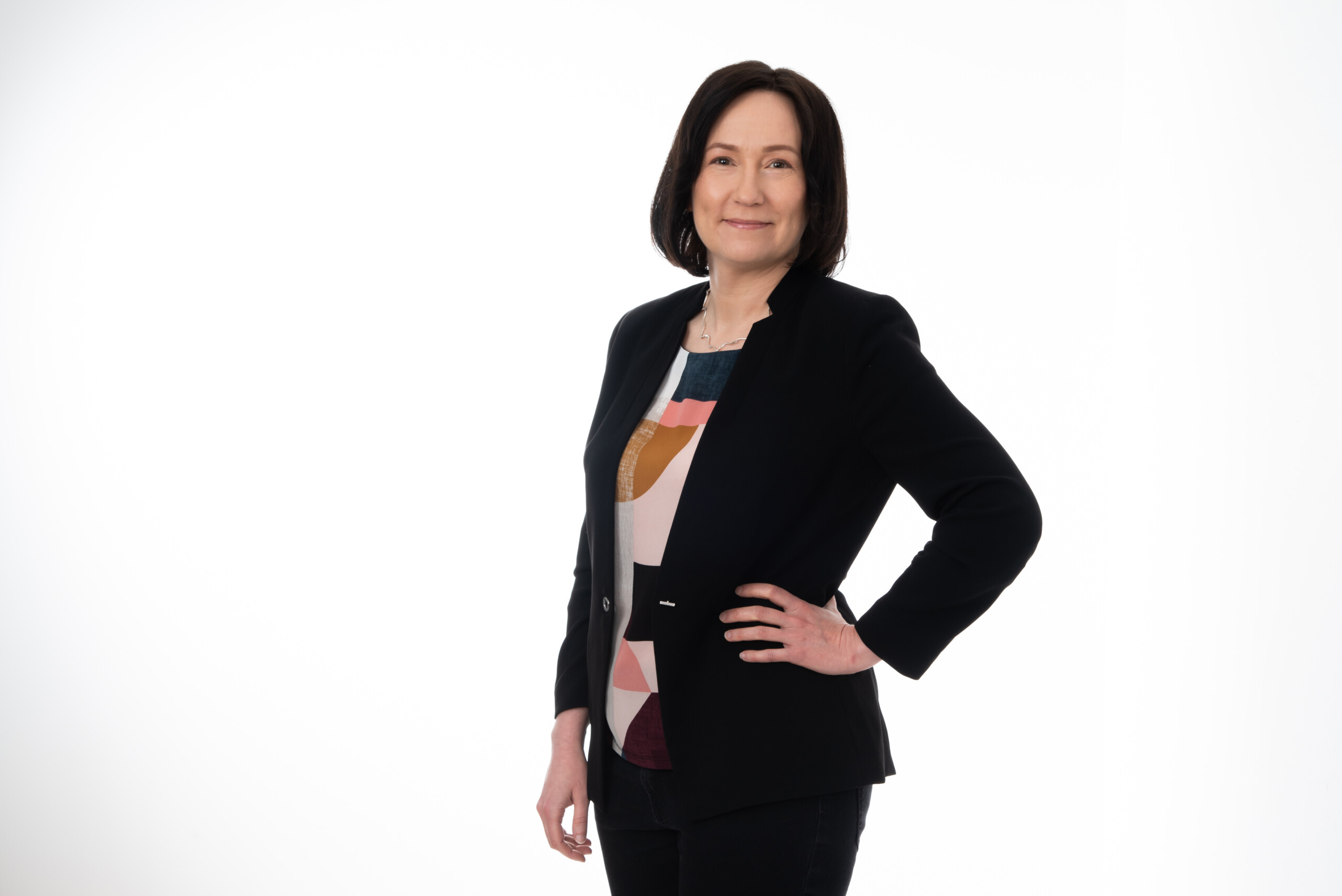
Nina Virolainen Has Been Invited to Join as a Partner at Boco IP Oy Ab
Writer
